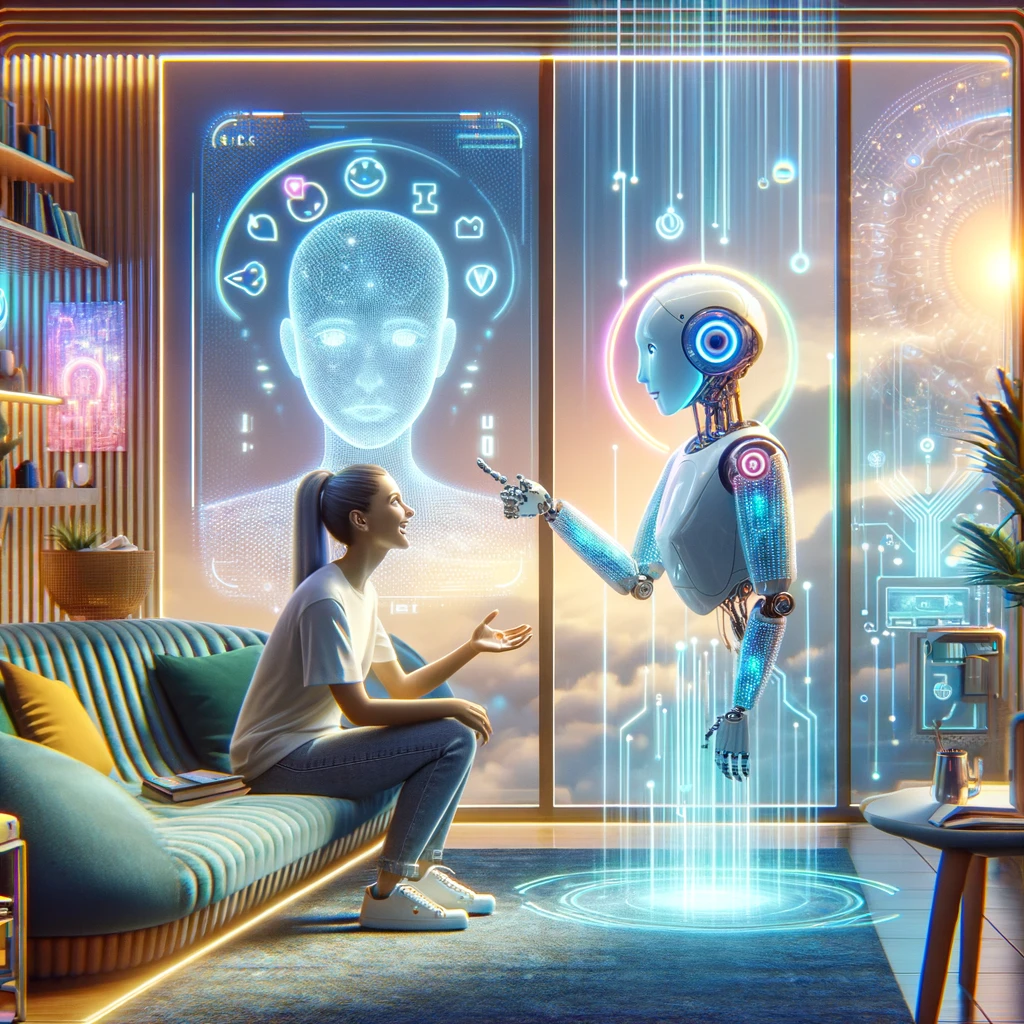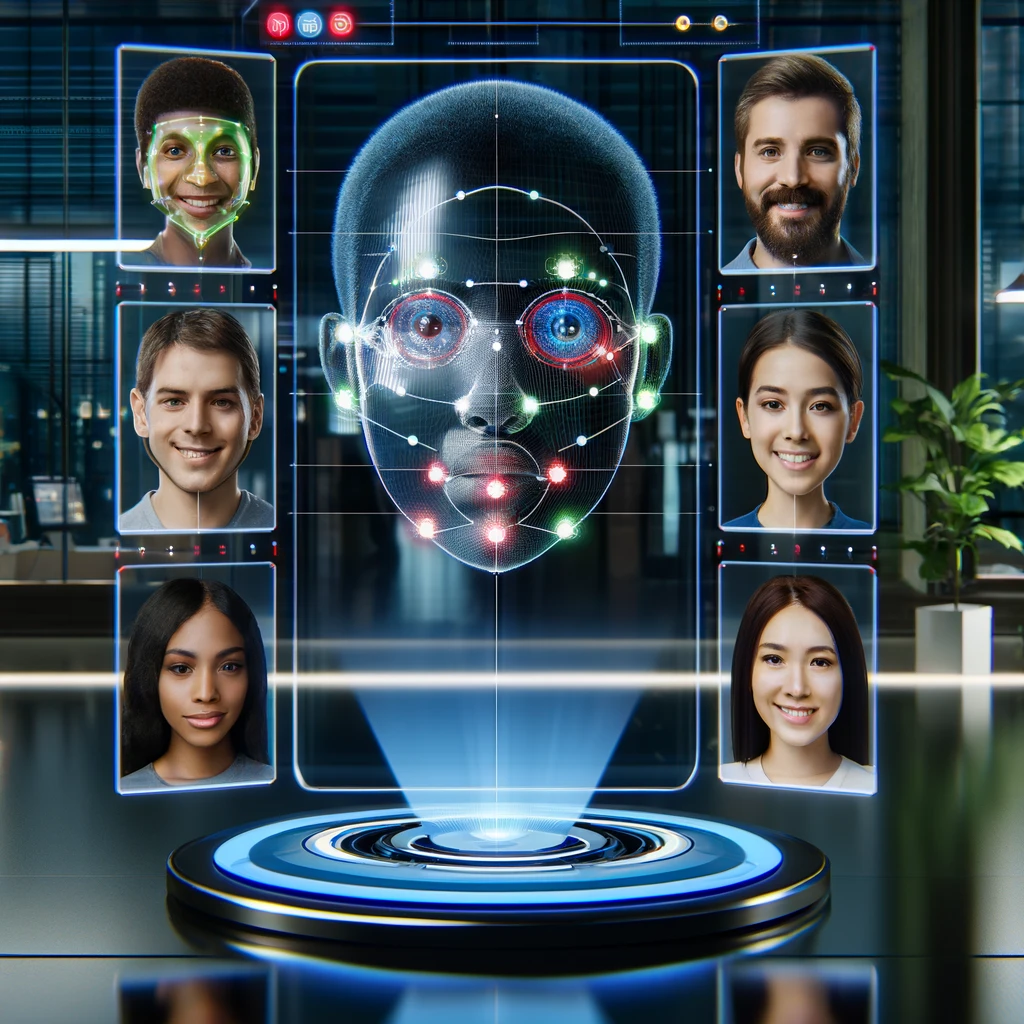In an era where artificial intelligence (AI) is becoming increasingly integrated into our daily lives, its inability to fully grasp and replicate human emotional intelligence (EI) poses significant challenges. While AI excels at processing vast amounts of data and executing tasks with superhuman efficiency, its lack of emotional understanding can lead to misinterpretations and a disconnect in human-AI interactions. This article delves into the complexities of AI lacking emotional intelligence, particularly in content generation and generative AI, and explores initiatives like MorphCast for ChatGPT aimed at bridging this gap.
The Risks of Emotionally Unaware AI
AI systems, including those used for generating content, often struggle to recognize and adapt to the nuanced emotional context that humans naturally navigate. This limitation becomes particularly evident in generative AI, where the produced content might miss subtle emotional cues or misinterpret the intended tone, leading to outputs that can seem insensitive, out of place, or even offensive. The absence of emotional intelligence in AI can also impact its ability to make decisions that consider human feelings and ethical implications, a critical aspect in applications ranging from customer service bots to therapeutic aids.
AI Lacks Emotional Intelligence: Understanding the Gap
The gap between AI’s cognitive abilities and emotional intelligence stems from the inherent differences in how humans and machines learn and process information. Humans use empathy and emotional understanding, developed through experiences and social interactions, to communicate and make decisions. In contrast, AI relies on algorithms and data patterns, lacking the capacity for empathy or understanding emotional subtleties.
This discrepancy highlights the need for AI to evolve beyond pattern recognition and towards a more holistic understanding of human emotions and social cues. Bridging this gap is not just about improving AI’s functionality but also about ensuring that AI systems can interact with humans in a way that feels natural and respectful of emotional nuances.
Bridging the Gap: Initiatives Like MorphCast for ChatGPT
Efforts to imbue AI with emotional intelligence are underway, with innovative solutions such as MorphCast for ChatGPT paving the way. MorphCast for ChatGPT integrates emotional recognition capabilities into ChatGPT, allowing it to adjust its responses based on the perceived emotional state of the user. This represents a significant step towards creating AI that can understand and respond to human emotions in real-time, enhancing the quality and relevance of interactions.
Such initiatives demonstrate the potential for AI to become more attuned to human emotions, leading to more empathetic and effective communication. By incorporating emotional intelligence into AI, we can reduce misunderstandings and create a more seamless, intuitive interaction between humans and machines.
Looking Forward: The Future of Emotional AI
The journey towards emotionally intelligent AI is complex and filled with challenges. It requires advancements in machine learning, natural language processing, and emotional recognition technologies, coupled with a deep understanding of human psychology. However, the potential benefits of achieving this goal are immense, offering the promise of AI systems that can truly understand and adapt to human emotions, leading to more natural and effective interactions.
As we continue to explore and develop emotionally intelligent AI, it’s crucial to approach this endeavor with a focus on ethical considerations and the impact on human-AI relationships. By prioritizing emotional understanding in AI development, we can create technology that supports and enhances human communication, empathy, and emotional well-being.
Conclusion: AI Lacks Emotional Intelligence
The gap in AI’s emotional intelligence is a significant hurdle in achieving truly natural human-AI interactions. However, with initiatives like MorphCast for ChatGPT and ongoing research into emotional AI, we are making strides towards bridging this gap. As we navigate the complexities of integrating emotional intelligence into AI, we move closer to a future where technology can understand and interact with us on a deeply human level, transforming our relationship with the digital world.




